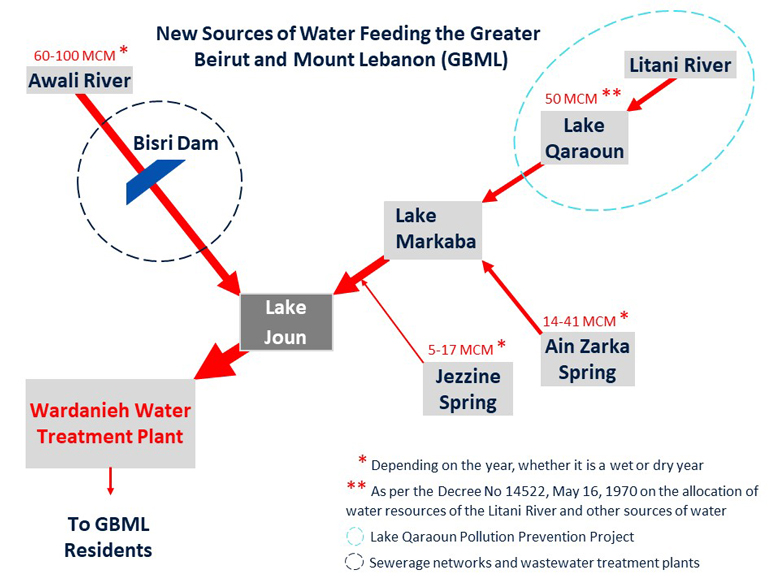Q 1: How will the water channeled from Bisri Dam be treated? Will it be safe to drink?
JRM: There is currently a water treatment plant between Bisri and Beirut, in a place called Ouardaniyeh where expansion work is going on via different projects. This additional capacity will be used to treat the water coming from the Bisri Dam and the treatment of water will be guaranteed according to international standards.
One key element of our strategy is to work on the preventive pollution of the reservoir as well, so that the treatment is not too expensive and for obvious human health safety reasons. On this point, we (the Independent Panel of Experts on Environmental and Social Safeguards in charge of monitoring the Lebanon Water Supply Augmentation Project (Bisri Dam) project) are going to be extremely concerned with the activities that will be allowed or forbidden on the reservoir and recreational activities will be controlled. The Environmental & Social Impact Assessment of the project has also committed to the management of land use in the catchment area.
Q 2: What is the plan to guarantee the quality of this water?
JRM: The quality of the water like I was saying is guaranteed by the monitoring of the 2 projects: The Bisri dam project and the Greater Beirut Water Supply (Awali Project) which includes the extension of the existing water treatment plant. Again, if there were to be issues of water quality, that is something that lenders (the World Bank) would take extremely seriously and would have a very close and intense discussion with the authorities in Lebanon.


